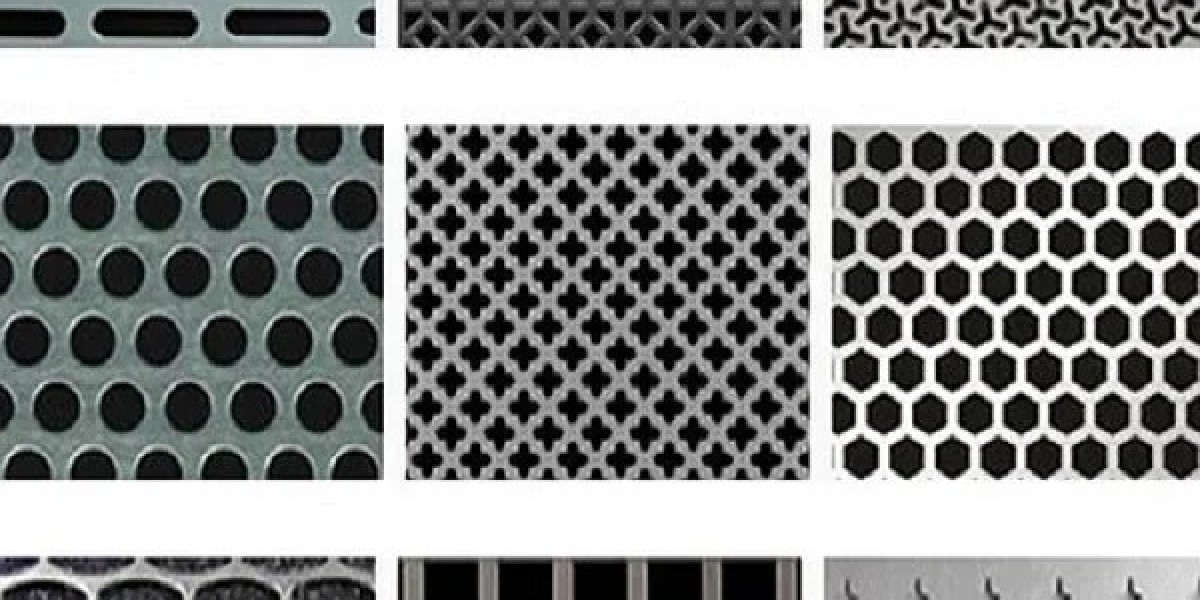The global shift toward electrification and sustainable mobility has led to exponential growth in electric vehicles (EVs), necessitating robust, efficient, and scalable electric charging infrastructure. At the core of this transformation lies a class of materials known as engineered polymers, which play a vital role in the development and functionality of EV charging components. The Engineered Polymers in Electric Charging Infrastructure Market is thus gaining momentum, driven by technological advancements, rising EV adoption, and an urgent demand for durable, lightweight, and weather-resistant materials.
Engineered polymers, also known as engineering plastics, are high-performance plastic materials that exhibit superior mechanical, thermal, electrical, and chemical properties compared to conventional plastics. In the context of EV charging infrastructure, these polymers are used extensively in housing units, cable insulation, connectors, plugs, sockets, display units, and internal circuitry support components. Their lightweight nature, resistance to harsh environmental conditions, and flame retardancy make them indispensable for outdoor and high-voltage applications.
With the EV charging infrastructure becoming more complex and widespread—spanning residential chargers, public fast-charging stations, and fleet-based charging hubs—the demand for reliable and cost-efficient materials like engineered polymers has surged significantly.
Engineered Polymers In Electric Charging Infrastructure Market CAGR (growth rate) is expected to be around 16.50% during the forecast period (2025 - 2034).
Key Engineered Polymers Used in EV Charging Infrastructure
- Polycarbonate (PC): Known for its high impact resistance and optical clarity, PC is commonly used in external casings, protective covers, and display panels in charging units.
- Polyamide (PA, commonly known as Nylon): This polymer offers excellent thermal stability, abrasion resistance, and mechanical strength, making it ideal for plugs, connectors, and internal support components.
- Polybutylene Terephthalate (PBT): With high dimensional stability and electrical insulation properties, PBT is widely used in insulating sleeves, terminals, and cable jackets.
- Polyphenylene Sulfide (PPS): PPS is highly resistant to heat and chemicals, making it suitable for use in high-temperature environments within the charging infrastructure.
- Thermoplastic Elastomers (TPEs): TPEs are flexible, durable, and weather-resistant, making them ideal for flexible charging cables and strain relief components.
- Polyethylene (PE) and Polypropylene (PP): These materials are typically used in cable sheathing and insulation due to their high dielectric properties.
Applications of Engineered Polymers in Charging Infrastructure
- Charging Station Enclosures: Need to withstand UV exposure, temperature variation, and vandalism. Materials like polycarbonate and PBT are ideal due to their toughness and UV resistance.
- Connectors and Plugs: Must handle repeated mechanical stress and high current loads. High-performance polyamides and PPS are widely used here for their dielectric and mechanical properties.
- Cables and Insulation: Require materials that are flexible, fire-retardant, and weather-resistant. TPEs and specially formulated PBT and PE compounds are common choices.
- Displays and Interfaces: Transparent, durable materials like polycarbonate are used to protect digital screens on public chargers.
- Thermal Management Systems: In high-powered DC chargers, engineered polymers are used in components related to heat dissipation and electrical isolation.
Key players in the Engineered Polymers In Electric Charging Infrastructure Market include:
PolyOne Corporation, Solutia, Solvay, Huntsman Corporation, Lanxess, Dow, Sabic, BASF, Toray Industries, DSM, SABIC, Covestro, Evonik Industries, LyondellBasell Industries Holdings B.V.
Market Drivers
- Surge in Electric Vehicle Adoption: As governments across the globe promote EVs through subsidies, regulations, and incentives, the demand for robust and widespread charging infrastructure continues to rise. This trend directly boosts the market for engineered polymers.
- Infrastructure Expansion Projects: National and regional infrastructure programs aimed at building EV charging networks are propelling the demand for high-performance materials that can ensure long life cycles and safe operations.
- Material Advantages: Engineered polymers are corrosion-resistant, lighter than metal, and offer excellent mechanical and electrical properties. These features make them cost-effective alternatives to metals in harsh environmental conditions.
- Need for Safety and Regulatory Compliance: Safety regulations for electric systems necessitate the use of flame-retardant, high-temperature resistant, and electrically insulating materials. Engineered polymers fulfill these needs, thereby securing their place in this high-growth market.
- Technological Innovations: Innovations in polymer formulations have led to materials with enhanced UV resistance, thermal stability, and recyclability, further driving adoption across manufacturers of charging infrastructure components.
For More Information Request for Sample PDF
Challenges in the Market
Despite its potential, the market for engineered polymers in EV charging infrastructure faces certain challenges:
- High Material Costs: Compared to commodity plastics, engineered polymers are relatively expensive, which can increase the cost of EV charging stations.
- Recycling and Sustainability Concerns: Although efforts are being made to create recyclable or bio-based engineered polymers, most currently used materials pose recycling challenges, potentially affecting environmental sustainability.
- Performance Limitations Under Extreme Conditions: In extremely high-voltage or ultra-fast charging applications, some polymers may not match the thermal or mechanical durability of metallic or ceramic alternatives.
- Global Supply Chain Disruptions: The availability and cost of raw materials used to produce engineered polymers can be impacted by geopolitical events, trade regulations, and logistical issues.
Contact Us:
Market Researcnh Future (Part of WantStats Research and Media Pvt. Ltd.)
Contact Number. +91 2269738890
Email: sales@marketresearchfuture.com







